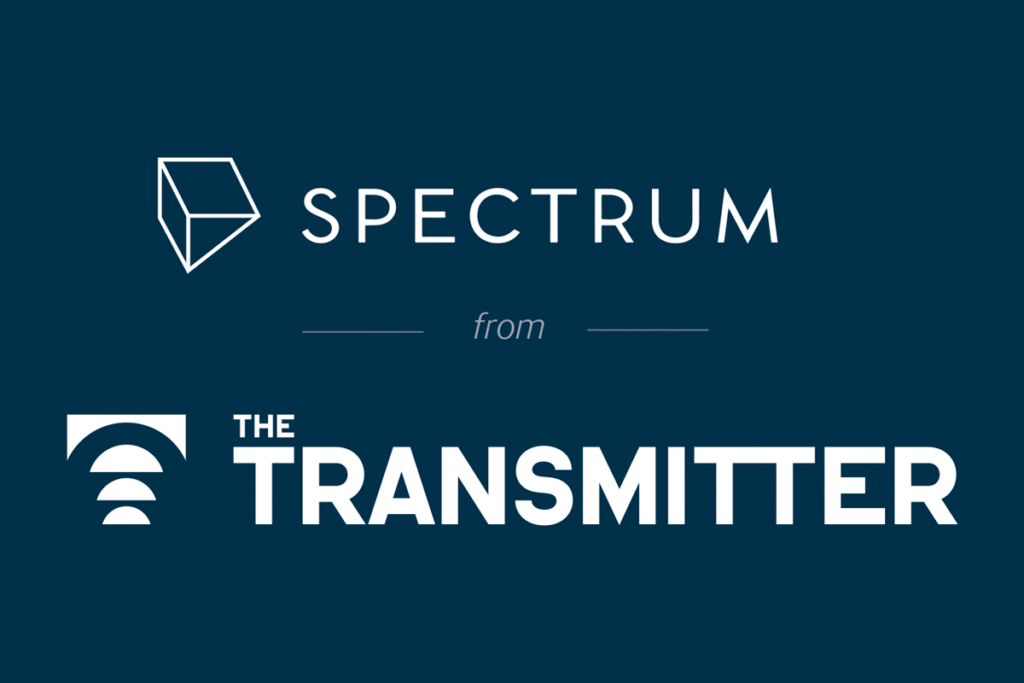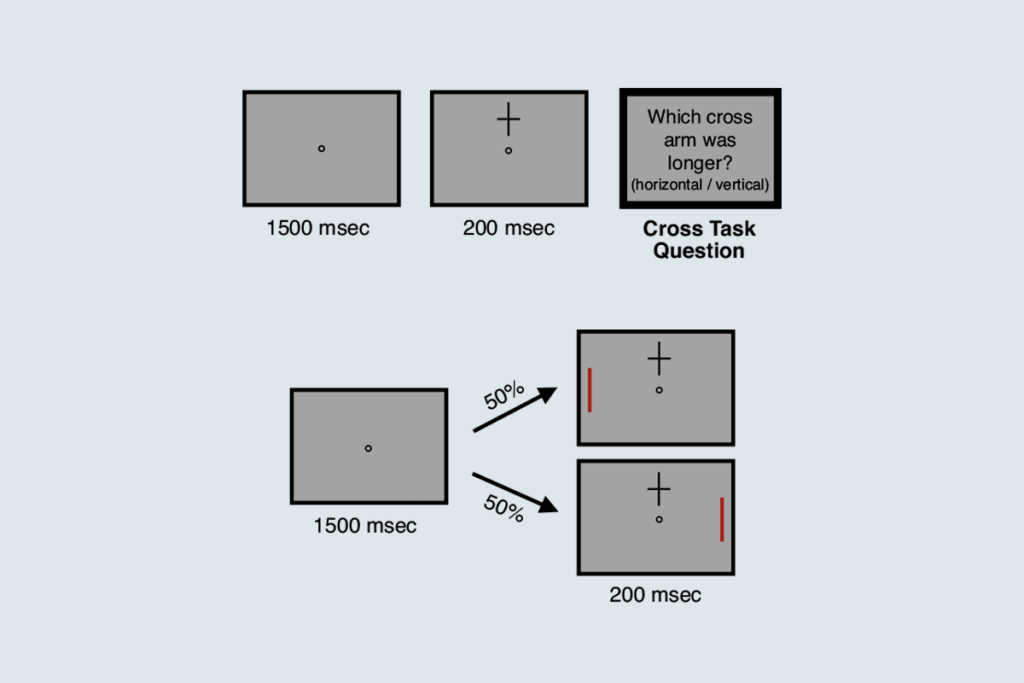ACS 2014
Recent articles
Word grasp at 12 months may reflect autism symptoms
Children later diagnosed with autism understand different types of words at 12 months of age than their typically developing peers, according to unpublished research presented Tuesday at the Autism Consortium Research Symposium in Boston.

Word grasp at 12 months may reflect autism symptoms
Children later diagnosed with autism understand different types of words at 12 months of age than their typically developing peers, according to unpublished research presented Tuesday at the Autism Consortium Research Symposium in Boston.
Seizures trigger autism-like behaviors in mice
Mice with an extra copy of the autism-linked gene UBE3A show abnormal social behavior after experiencing recurrent seizures. The findings, presented Tuesday at the Autism Consortium Research Symposium in Boston, provide one possible explanation for why seizures and autism often go hand in hand.

Seizures trigger autism-like behaviors in mice
Mice with an extra copy of the autism-linked gene UBE3A show abnormal social behavior after experiencing recurrent seizures. The findings, presented Tuesday at the Autism Consortium Research Symposium in Boston, provide one possible explanation for why seizures and autism often go hand in hand.
Explore more from The Transmitter
Xiao-Jing Wang outlines the future of theoretical neuroscience
Wang discusses why he decided the time was right for a new theoretical neuroscience textbook and how bifurcation is a key missing concept in neuroscience explanations.
Xiao-Jing Wang outlines the future of theoretical neuroscience
Wang discusses why he decided the time was right for a new theoretical neuroscience textbook and how bifurcation is a key missing concept in neuroscience explanations.
Memory study sparks debate over statistical methods
Critics of a 2024 Nature paper suggest the authors failed to address the risk of false-positive findings. The authors argue more rigorous methods can result in missed leads.

Memory study sparks debate over statistical methods
Critics of a 2024 Nature paper suggest the authors failed to address the risk of false-positive findings. The authors argue more rigorous methods can result in missed leads.
Attention not necessary for visual awareness, large study suggests
People can perceive some visual information even if they do not pay direct attention to it.

Attention not necessary for visual awareness, large study suggests
People can perceive some visual information even if they do not pay direct attention to it.